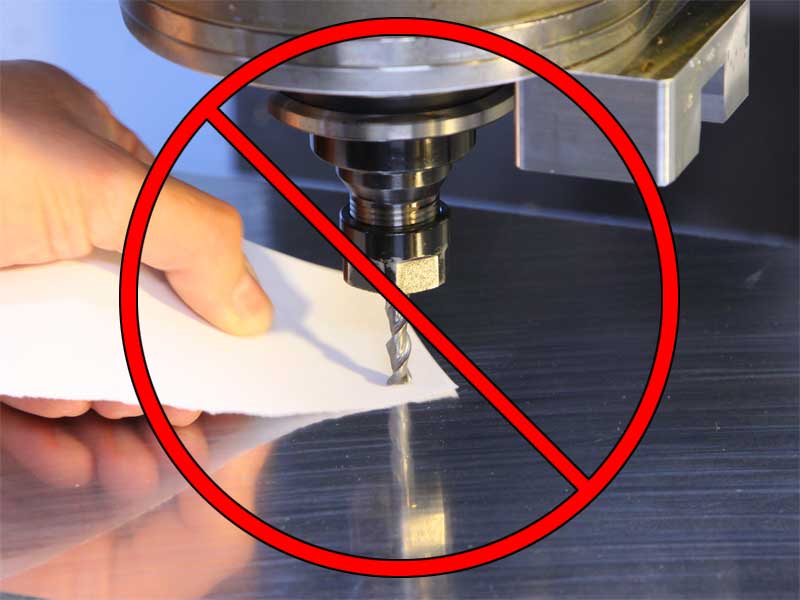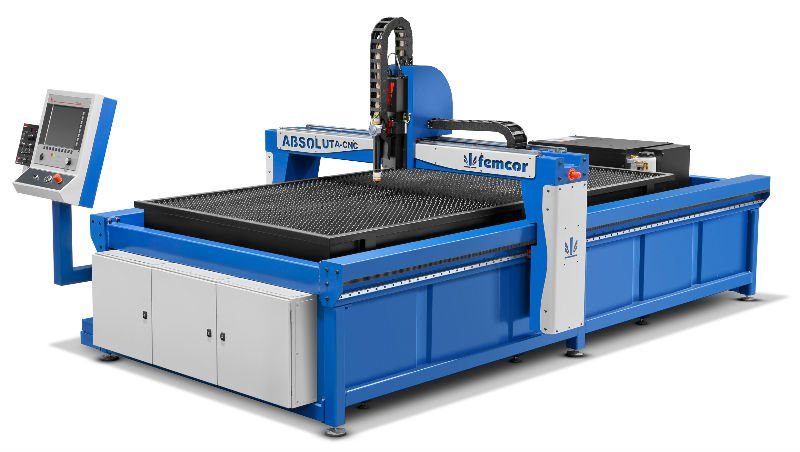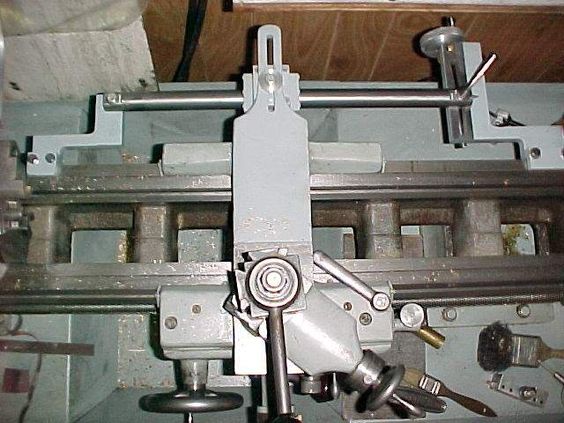What Are CNC Offsets?
Every practice of compensation has to do with offsets (especially in regards to CNC offsets)! One can consider CNC offsets as memories on an electronic calculator. If your calculator has memory, you can store a constant value to each memory for use throughout a calculation. This keeps one from having to enter the number over [...]




